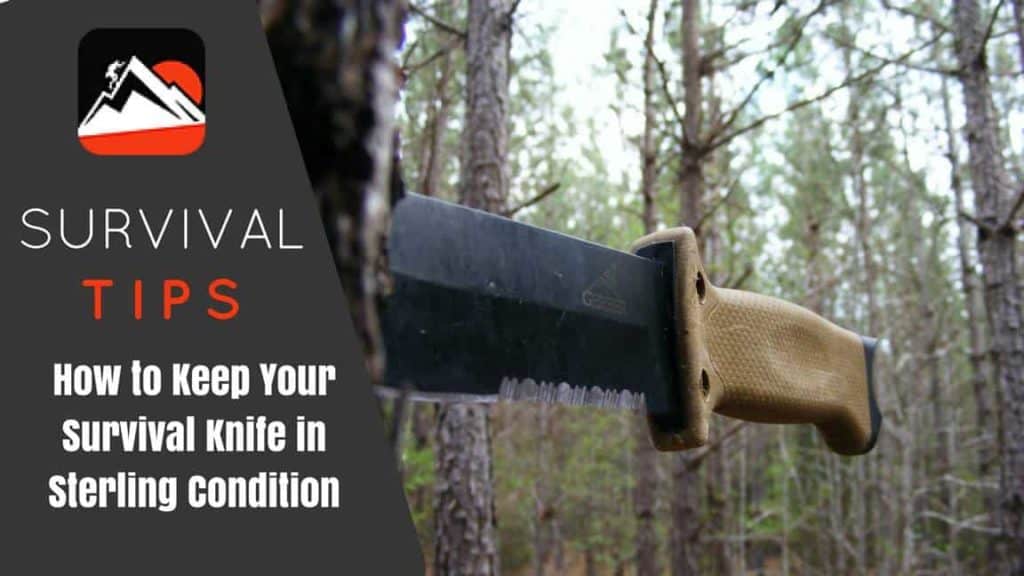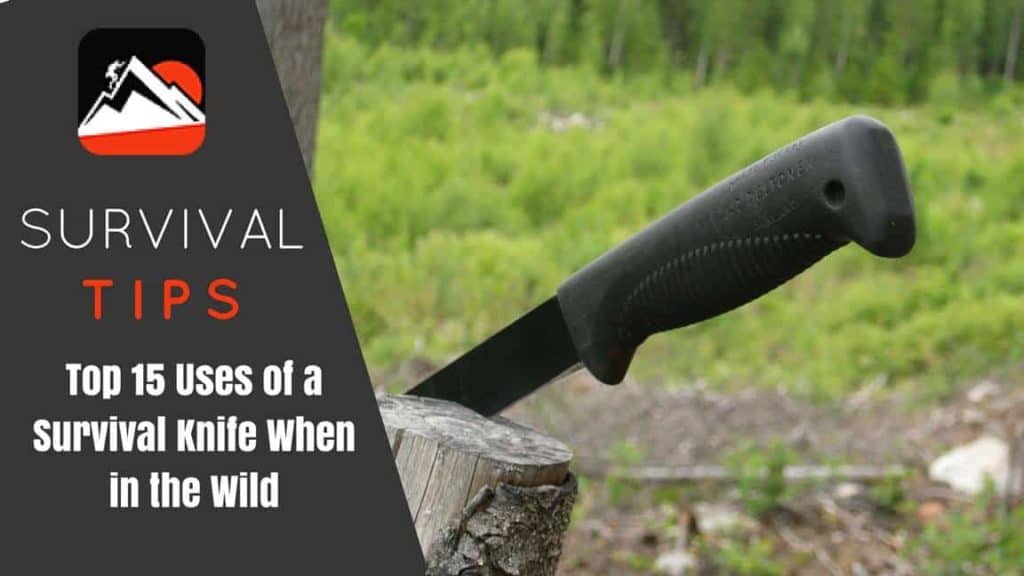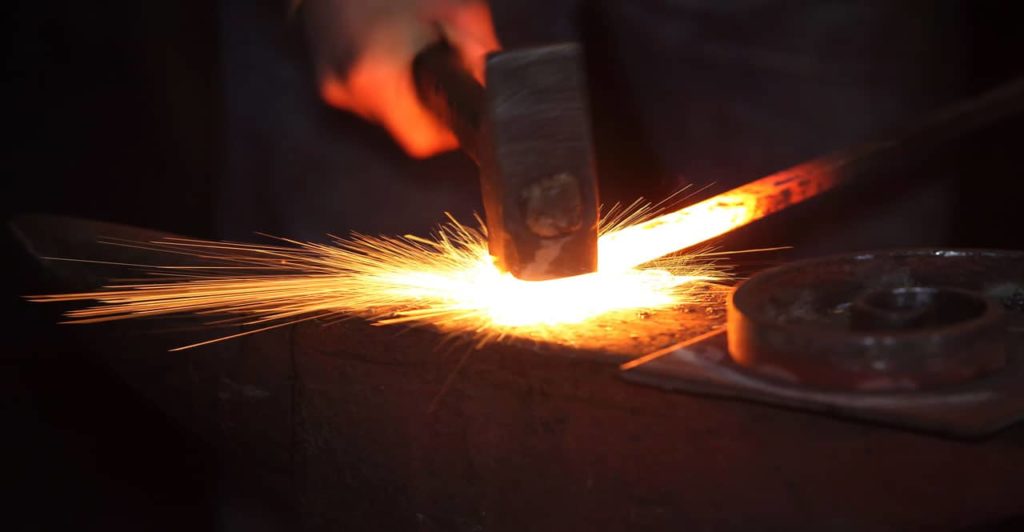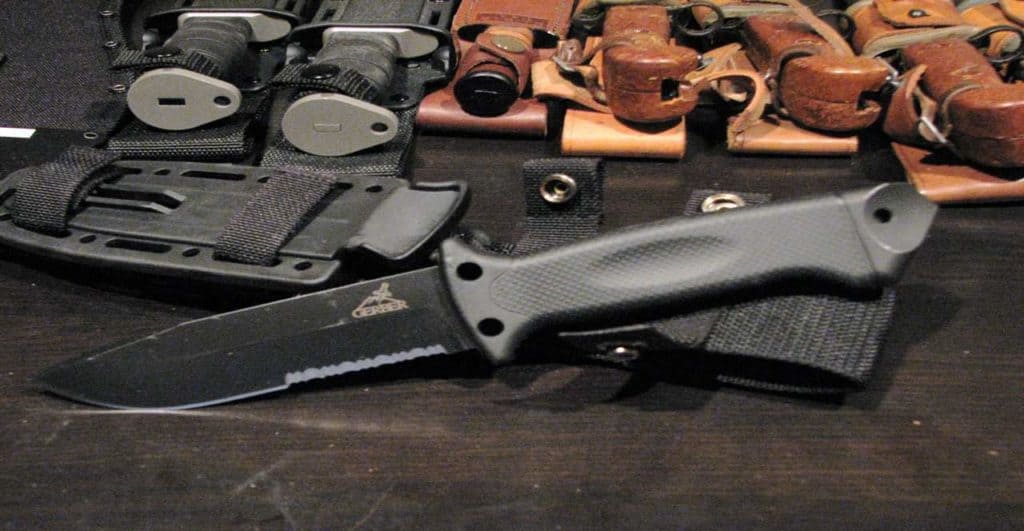Contents
From skinning game to batoning wood to chopping or spearing, your survival knife is the superstar of your survival kit. They are versatile and multifunctional and without any doubt, essential to a number of outdoor tasks.
The fabulous news is that they are tough tools and can take a lot of beating. However, this does not mean that they do not need care and maintenance. To make sure that your survival knife performs well and stays in tremendous condition, you need to take good care of it. Here are a few tips to maintain your survival knife and ensure that it lasts and works well whenever you need it the most like if you have to kill a walker from The Walking Dead.
Always Keep Your Knife Clean
Your survival knife will not last forever, but when you make sure that it is always clean, it will definitely help in lengthening its lifespan. Cleaning your knife regularly will also eliminate any harmful bacteria that may have stuck to it while you were in the wilderness and prevent it from being preserved on the blade.
This does not necessarily mean that you need to give your knife an intense cleanup every time you use it – just make sure that you give it a good wipe before you keep it back in its sheath. When you are cleaning your survival knife, make sure that you use running water and a small bit of soap so that both the handle and blade are properly cleaned.
[embedyt] https://www.youtube.com/watch?v=8cPQXmthcos[/embedyt]
Oil it Lightly
Prevent friction by oiling your survival knife’s blade on a regular basis. Lightly oiling your blade will also keep it from rusting. You can use lubricating oils like oil available in firearm supply stores or hardware stores or household oils. When you oil your knife, always keep in mind that you need only a small amount. Additionally, make sure that you do not use oil on a rubber handle. It will become too slippery and could result in serious accidents and injuries, like chopping off your fingers.
Keep it Well-Sharpened
If your survival knife is not sharp, it will not be of much use to you in the wild. Plus a dull knife can be dangerous. When your knife is not sharp, you will need to exert more pressure and use more energy to perform any task, whether it is cutting into something or skinning game. You will find it difficult to control your knife when you out extra pressure on it and it could also cause injury. You do not want that if you are fighting some criminal or hostile threat either. We have all seen Sicario, right? You want a knife that works.
You might also find interesting our article about the uses of a survival knife.
Store it Properly
When your survival knife is not in use, make sure that you always store it in a dry place that is free of humidity. This will help prevent moisture from getting to it.
This means that you should never leave your survival knife in its leather sheath if you are going to be storing it for an extended period. Leather contains chemicals that can damage the blade and it can also attract moisture. To make sure your knife is protected while in storage, wrap it well with paper, then put it in a plastic bag and store it in a cool, dry area. You should use desiccant and also oil it lightly before you wrap it up to prevent rusting.
Recommended Survival Knife Sharpener:
- 2 SHARPENING SLOTS – This Smith’s Pocket Pal features a coarse and fine sharpening slot for quickly setting the edge of your blades and finishing and polishing the blades. These slots have preset sharpening angles for consistent results.
- DIAMOND ROD – Accompanying the sharpening slots is a tapered diamond rod to sharpen serrations, gut hooks, and single-bevel knife blades. This tapered rod can be stored in the bottom of the product to store away for safety.
- OUTDOOR TOOLS – This combo tool and sharpener set features a fire starter and compass. The fire starter has twice the spark of normal fire-starting tools, and the compass comes in handy for any directional travel.
Conclusion
Now that you know how to maintain your survival knife in great conditions, it’s just a matter of taking action and applying the simple but effective tips we have shared with you. Remember that taking care of your knife is almost as important as knowing how to use it. If you don’t want it to fail when you need it the most, make a habit of giving it the proper care once in a while. Do you have any other tip to maintain your knife in excellent conditions? Share it with us in the comments below.
Image by: Mike Petrucci





